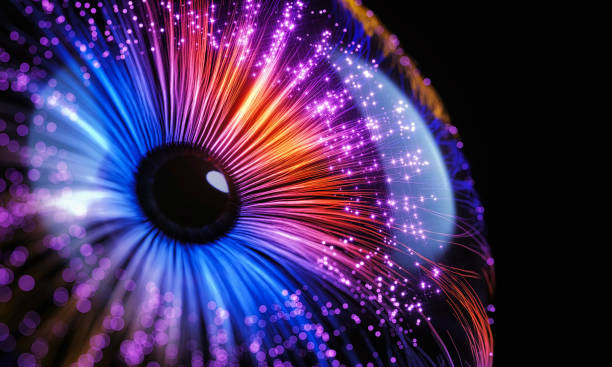Toxoplasmosis is a zoonosis disease caused by the Toxoplasma gondii parasite. The parasite is world wide spread, however infections are mostly found in developing countries. Toxoplasmosis can seriously affect the development of the fetus if the mother contracts the disease. In particular, if the infection happens in the third trimester of the pregnancy, toxoplasmosis can cause neural damages, including retinal damages, or it can be completely asymptomatic. The late diagnosis of inactive lesions in the back of the eyes due to toxoplasmosis can have different complications, like neurological and visual sequels.
It follows that the early diagnosis of toxoplasmosis lesions is key to avoid such sequels. If fact, an early diagnosis and the treatment performed before the initial phase of the disease progression in the retina can avoid the loss of vision in a patient. The examination of the back of the eyes can be done in the normal health care system. Nevertheless, the manual analysis of multiple images of the back of the eyes requires a great effort from specialists.
This is why in this project we propose the use of artificial intelligence techniques for the automatic diagnosis of such disease by using images of the retina. In particular, in this project the aim is to focus on the diagnosis in children, which can help in avoiding future development of the disease, and so increase the quality of life of the children, which is a problem in poorer countries.
Images are collected at the Hospital Pediátrico de Acosta Ñu (HGPNA) in Paraguay. In a second step, various artificial intelligence strategies will be analyzed and finally the selected strategies will be applied to the real images. The obtained results will be validated by doctors in order to assess the validity of the strategy.


